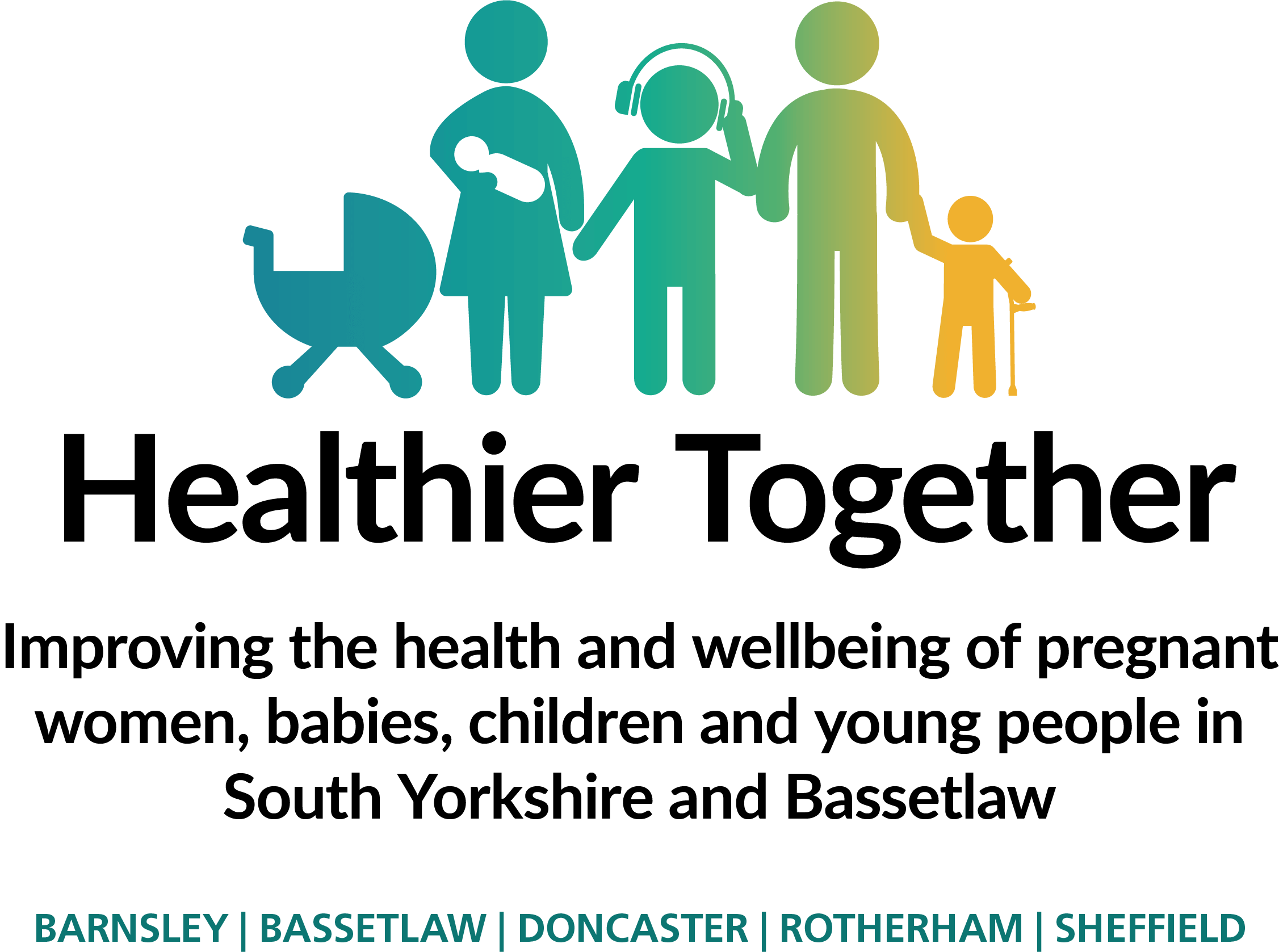Otitis externa is an infection of the skin of the ear canal and is common in children and adults. It occurs more commonly when water enters the ear canal, such as after swimming. When the ear canal is wet for long periods of time, the skin becomes soft and 'soggy' which makes it an ideal environment for infection. Otitis externa is usually one-sided.
Symptoms of otitis externa:
- Pain and tenderness in the ear canal
- Itchiness
- Foul smelling yellow or green pus in the ear canal
- Reduced hearing/'blocked ear'
- Noises inside the ear, such as buzzing, humming or ringing (tinnitus)
Paediatric Pathway
 Remote Assessment Pathway
Remote Assessment Pathway
 Advice Sheet
Advice Sheet
 Otitis Externa Advice Sheet
Otitis Externa Advice Sheet
Treatment
Most children with otitis externa do not need antibiotics. That's because research has shown antibiotics make very little difference to how quickly your child gets better. If you think that your child has otitis externa, you should consider using 2% acetic acid ear drops (e.g. Earcalm), which is an effective treatment for otitis externa. These are available without a prescription from your pharmacist, for a child over the age of 12.
If your child is still no better after a week of using acetic acid drops, they should see a GP who may consider starting them on antibiotic ear drops.
If your child has redness extending to the skin around the ear (cellulitis), go and see your GP as they may need treatment with oral antibiotics. In addition, if your child has any features of severe infection (amber or red features above), they will need to be urgently seen by a healthcare professional who may decide that your child may benefit from antibiotic treatment.
You can help relieve symptoms by:
- Giving your child paracetamol or ibuprofen to help relieve pain
- Encourage your child to drink plenty of fluids
Prevention
It is not possible to prevent ear infections; however, you can do things that may reduce your child's chances of developing the condition.
- Avoid cleaning your child's ears with cotton buds - this may damage and irritate the ear canal and also push wax further into the ear. Wax is designed to come out by itself
- Try not to let soap or shampoo get into your child's ear canal
- Try to keep your child's ears dry; if water gets in, tip it out. This can be extremely challenging in young children!
- Ensure your child is up-to-date with their immunisations
- Avoid exposing your child to smoky environments (passive smoking)
Feedback Question: Has the advice on this page helped you with a healthcare decision?
![]() Remote Assessment Pathway
Remote Assessment Pathway![]() Advice Sheet
Advice Sheet![]() Otitis Externa Advice Sheet
Otitis Externa Advice Sheet


